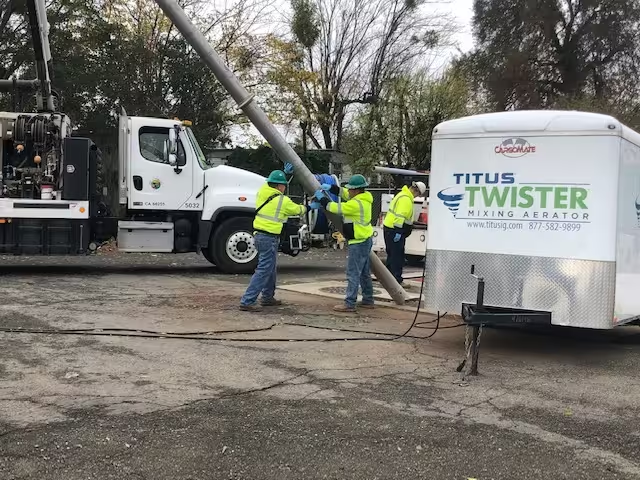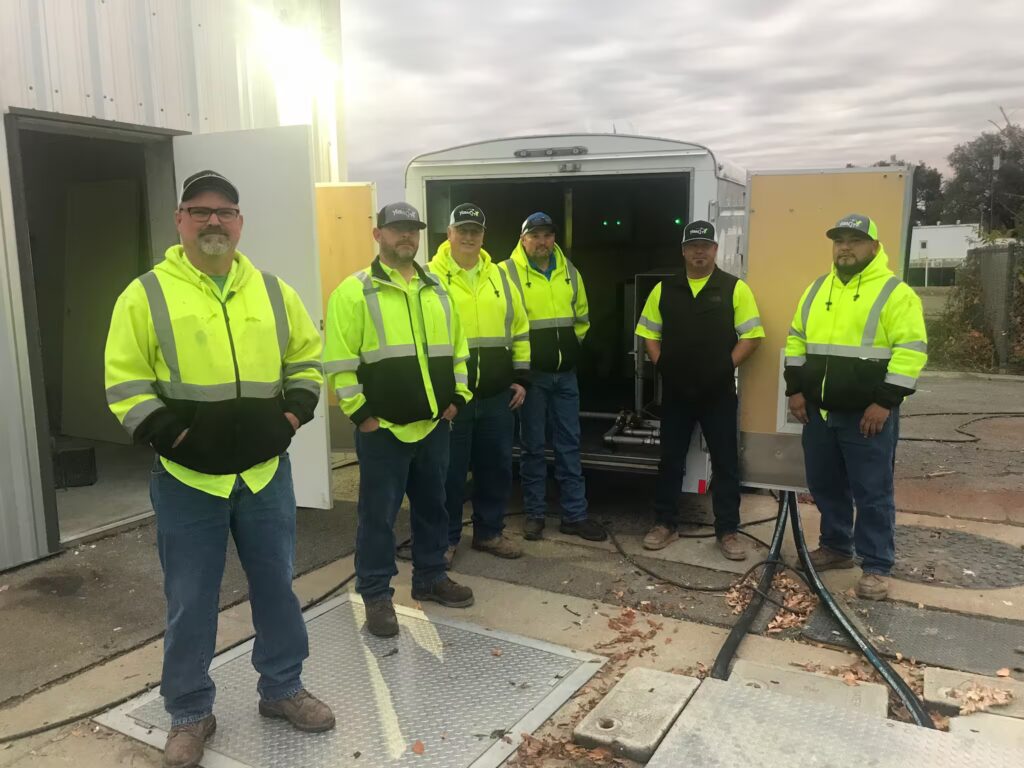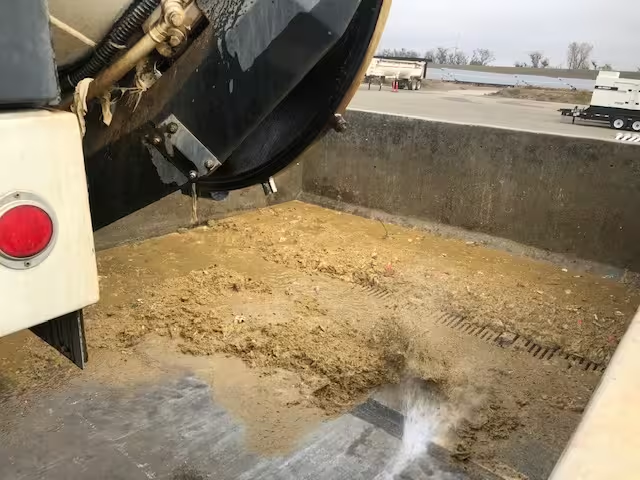






Like most American cities, Yuba City, California, has experienced significant growth since its wastewater treatment facility was built. Elements of its sanitary collection system are now being asked to perform at top capacity and handle more than their fair share of daily conveyance. One such structure, Lift Station No. 2, was creating an ongoing challenge to fight odor issues without long-term resolution, and a never-ending maintenance expense.
Built in the early 1950s, the structure was originally designed to act as the city’s wastewater treatment plant. In 1979, when the city’s new treatment plant came online, it was converted to a lift station. In 1992, it was upgraded with three, 30 HP submersible pumps each capable of displacing 800 GPM. Despite the upgrade, the system is pushed to the limit, responsible for moving an average of 2-3 MGD through daily.
Over time, odor issues became prevalent, so in 1991, a Purafil charcoal filtration unit was installed. That worked for a while, but as the city grew and flow increased, the unit was not able to keep up with demand, and odor once again became a routine issue. After struggling unsuccessfully with carbon replacement and chemical odor control methods, Public Works Director Diana Langley challenged Wastewater Collection Supervisor Tim Bybee and his team to search out a long-term solution and consider other technology.
While they sought new options, crews hydro-vacced the lift station, extracting an average of 1,000 gallons of FOG weekly. They also adjusted pump controls, lowering the pump on offset points to reduce detention time. This achieved minimal odor improvement and created the potential of ragging up the pumps. Finally, adjusting pump controls was abandoned. Despite this valiant effort at nearly $70,000 annual cost, odor strongly persisted.
Bybee had talked with Lewis Titus of Titus Industrial Group about the company’s various wastewater technologies, when the subject of odor control came up. Upon hearing about Yuba City’s struggles, Titus was confident he had a solution with their TITUS Twister® Mixing Aerator.
“I was skeptical,” Bybee shares, “but Lewis was adamant that we had to try it. He was so confident it would work, he offered us a pilot unit to try at no cost. My director felt we had nothing to lose, so we agreed.”
Titus delivered a trailer-mounted TITUS® Twister® and set it up next to Lift Station No. 2. The patented system consists of a Twister® head, regenerative blower and enclosure. The heads are comprised of stainless steel manifolds, ballast plates, and coupling connections; PVC barrels; and HDPE shear blades and horizontal flow deflector plates. The head connects to the blower by either EPDM hose or hard stainless steel piping.
For the Yuba City application, two Twister® heads were installed into the wet well, driven by two 3 HP regenerative blowers, and enhanced with ozone generation. Air is generated by the regenerative blower inside the trailer enclosure, then delivered to the aeration units and through the lift station manifold through two EPDM hoses. In the Yuba City unit, a 40 gram per hour corona discharge ozone generator was used to produce ozone from ambient air, enhancing the unit’s odor control properties.
Openings in the manifold create air bubbles, which transfer oxygen and ozone into the effluent. Within the unit’s barrel, a vortex or air lift column is created, forcing liquids and solids up into the static shear blades and flow deflector plate. Solids are broken up and directed back into the cycle. Liquid and solid materials are continuously drawn in through ports located at the bottom of the barrel, creating a constant suspension of materials within the lift station.
“Within the first hour, even running at half-capacity, everyone present concluded this was the technology we needed. The odor was gone. Pump-outs for FOG matter have been reduced 95%, and ragged-up pumps have been eliminated,” Bybee relates. He presented the results to Langley, who took them to city council, which approved the system for purchase. The city is now installing a TITUS Twister Mixing Aerator into a permanent structure adjacent to the lift station.
The Twister’s above-ground components will take the space of the original odor control system, alongside other lift station control equipment. The building is being rehabilitated for this purpose. Instead of the EDPM hoses used in conjunction with the trailer-mounted version during demonstration and trial, stainless-steel piping will be run underground to enter the side of the lift station. It will connect to the heads directly in front of the aeration pumps.
Once the building renovation is complete and the permanent Twister Mixing Aerator is installed, the city investment will be approximately $85,000. “We actually predicted that between maintenance equipment operation costs, the charcoal unit upkeep and labor we had been putting in, this new unit will almost pay for itself in one year,” Bybee says. “I wish we had tried it sooner.”
Installation Site: Lift Station 2
Collection System Size:
N/A
Wastewater Collection Supervisor: Tim Bybee
Public Works Director: Diana Langley